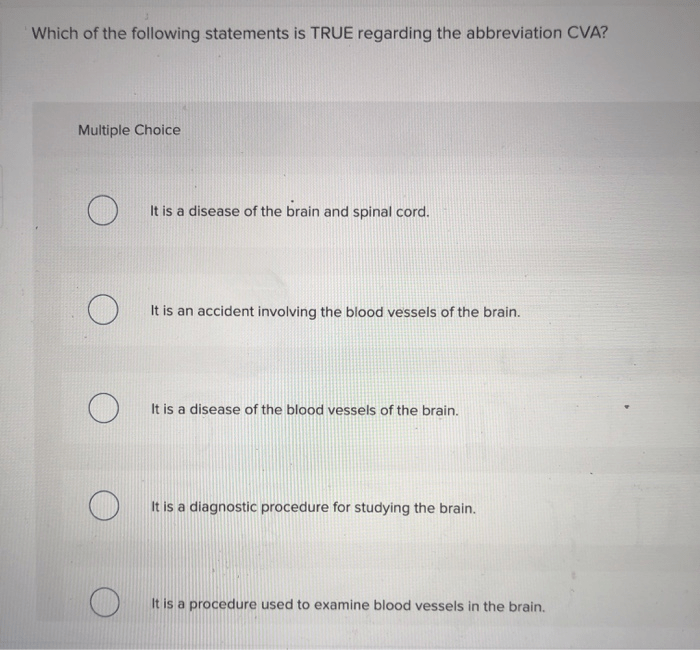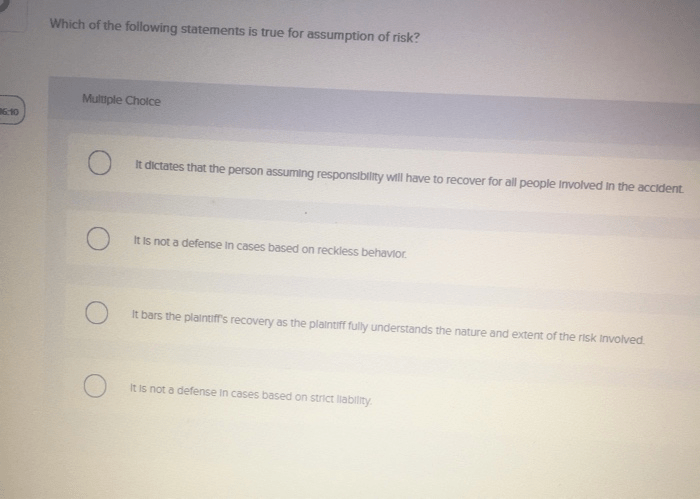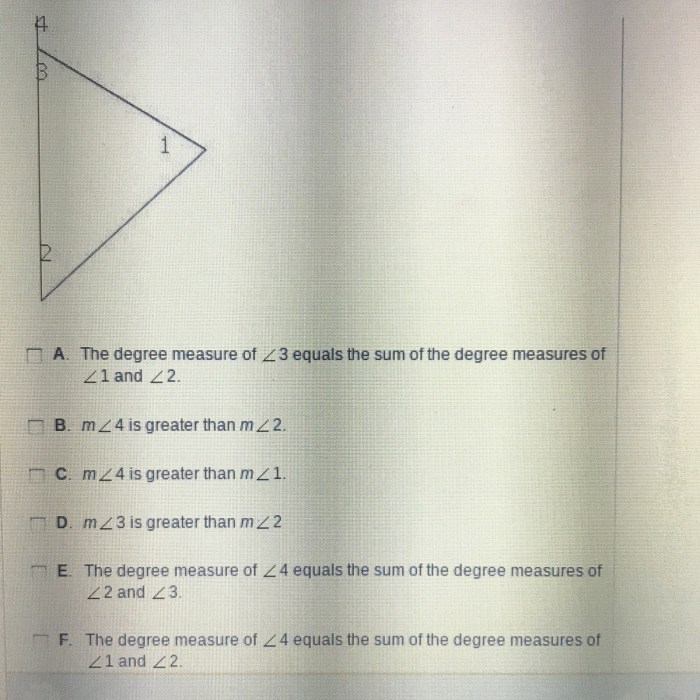Which of the following statements about railroad crossings is true – Delving into the realm of railroad safety, this article explores the intricacies of railroad crossings, examining the veracity of various statements surrounding their nature and associated risks. By unraveling the truth behind these claims, we aim to enhance understanding and promote safe practices at these critical intersections.
Railroad crossings serve as crucial points of convergence between rail and road traffic, necessitating a thorough comprehension of the regulations and hazards associated with their traversal. This article delves into the types of railroad crossings, the significance of railroad crossing signs and signals, the legal framework governing their operation, and the technological advancements employed to enhance safety.
Safety Precautions at Railroad Crossings
Railroad crossings are a potential hazard, and it is important to take precautions to avoid accidents. According to the Federal Railroad Administration, there were 2,065 highway-rail grade crossing crashes in the United States in 2021, resulting in 115 fatalities and 1,001 injuries.
The most important precaution is to obey traffic signals and warning signs. Railroad crossings are marked with crossbucks, flashing lights, and bells. These signals indicate that a train is approaching and that you should stop.
It is also important to be aware of the dangers of trespassing on railroad tracks. Railroad tracks are private property, and trespassing is illegal. It is also extremely dangerous, as trains can travel at high speeds and are difficult to stop.
Types of Railroad Crossings

There are three main types of railroad crossings: at-grade, below-grade, and above-grade.
At-grade crossings are the most common type. They are located at the same level as the road, and vehicles must stop before crossing the tracks.
Below-grade crossings are located below the road, and vehicles must descend a ramp to cross the tracks.
Above-grade crossings are located above the road, and vehicles must ascend a ramp to cross the tracks.
Railroad Crossing Signs and Signals

Railroad crossings are marked with a variety of signs and signals to warn drivers of the presence of tracks.
The most common type of railroad crossing sign is the crossbuck. Crossbucks are large, white X-shaped signs that are placed on both sides of the tracks.
Other types of railroad crossing signs include:
- Yield signs
- Stop signs
- Flashing lights
- Bells
Railroad Crossing Laws and Regulations: Which Of The Following Statements About Railroad Crossings Is True

Railroad crossings are governed by a variety of laws and regulations.
The most important law is the Federal Railroad Safety Act, which requires railroads to maintain their crossings in a safe condition.
Other laws and regulations include:
- The Uniform Vehicle Code, which requires drivers to stop at railroad crossings
- The Manual on Uniform Traffic Control Devices, which sets standards for railroad crossing signs and signals
Railroad Crossing Technology

A variety of technologies are used to improve safety at railroad crossings.
One common technology is the automatic warning system (AWS). AWS is a system that detects the presence of a train and activates warning signals.
Another common technology is the positive train control (PTC) system. PTC is a system that controls the speed and movement of trains to prevent accidents.
Popular Questions
What is the most common type of railroad crossing accident?
Collisions between vehicles and trains are the most prevalent type of railroad crossing accident.
What is the primary purpose of railroad crossing signs and signals?
Railroad crossing signs and signals are designed to alert motorists and pedestrians of an approaching train and to indicate the need to stop or yield.
What are the penalties for violating railroad crossing laws?
Penalties for violating railroad crossing laws vary depending on the jurisdiction but typically include fines and potential imprisonment.